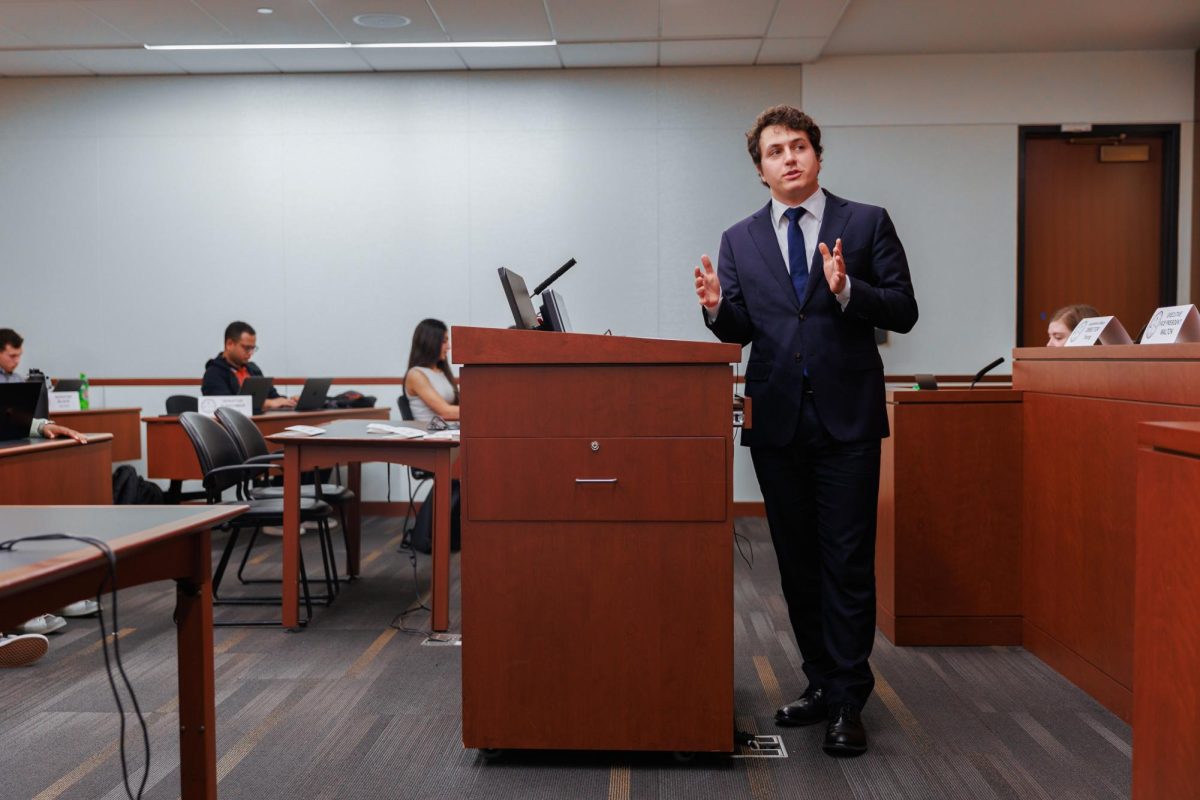Preliminary admissions numbers indicate the University accepted about 1,000 fewer students this year than last year and could end up with an acceptance rate of about 40 percent – a 10 percent drop from last year.
With a housing crunch fresh on his mind from an unexpectedly large freshman class this year, Robert Chernak, vice president of Student and Academic Support Services, said GW is being “conservative” with admissions and anticipates a class of 2,250 students.
“The acceptance rate is going to be less than last year,” Chernak said, noting GW has not taken students from the waiting list yet.
Director of Admissions Kathryn Napper said in an e-mail that although the admissions process has not ended, the University has accepted 6,645, down from 7,740 acceptances last year.
GW received about 17,000 applications this year, about 2,000 more than last year, and has accepted about 39 percent of them so far.
Napper said final numbers of students on the waiting list are not available but that it has about 400 more students than last year.
If GW accepts no more students and gets the class size it anticipates, the yield will be 34 percent, almost exactly the same as last year’s rate.
Chernak anticipates that about 2,350 students will send in deposits by early May.
“If we are lucky we will be in the neighborhood of 2,350 to 2,400 after the first week in May,” Chernak said. “We will probably lose 5 percent of that during the summer and need to take about 75 from the wait list to come in at 2,250.”
Chernak said he expects the University to come in for a “nice, gentle landing of 2,250 freshmen.”
“We were conservative in our acceptances,” Chernak said. “The overall quality of the people we accepted was better.”
Expecting a yield below 30 percent last year, GW got about 450 extra freshmen. The unanticipated freshmen led to long-term leases with the St. James Suites hotel and Pennsylvania House.
The Columbian School of Arts and Sciences also spent an extra $1 million to hire an extra full-time professional faculty adviser and improve other services to accommodate the unusually large class.





